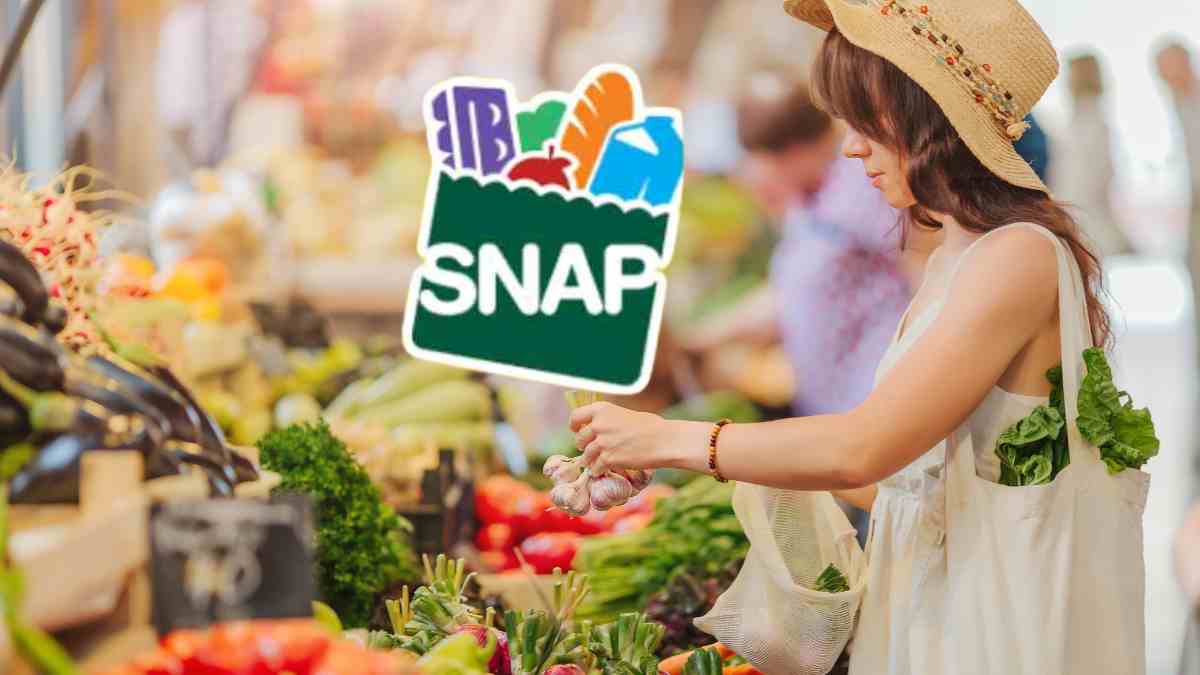Millions of low-income Americans rely on the Supplemental Nutrition Assistance Program (SNAP) to help put food on the table. As the cost of living remains high in 2025, the program continues to provide vital support. This April, eligible individuals can receive up to $292 per month in food stamp benefits, depending on their circumstances.
But how do you know if you qualify? Here’s a breakdown of the key eligibility requirements, payment amounts, and how to apply.
What Is SNAP?
SNAP is a federally funded program administered by the U.S. Department of Agriculture (USDA) in partnership with state agencies. It helps low-income individuals and families purchase food through an Electronic Benefit Transfer (EBT) card, which works like a debit card.
You can learn more directly from the official USDA SNAP page.
How Much Can You Get in April 2025?
The maximum SNAP benefit amount varies based on household size and income. For April 2025, a one-person household can receive up to $292 per month.
Here’s the full breakdown of maximum monthly benefits:
- 1 person: $292
- 2 people: $536
- 3 people: $768
- 4 people: $975
- 5 people: $1,155
- 6 people: $1,386
- 7 people: $1,532
- 8 people: $1,751
For households with more than eight people, add $219 for each additional person.
These amounts are updated annually based on inflation and cost-of-living adjustments.
Do You Qualify? SNAP Eligibility Requirements

To be eligible for SNAP, applicants must meet specific criteria related to income, resources, citizenship, and work status. Here’s what you need to know:
1. Income Limits
Your gross monthly income must be at or below 130% of the federal poverty level (FPL), and net income must be at or below 100% of the FPL after deductions.
Examples of income limits (gross monthly):
- 1 person: $1,580
- 2 people: $2,137
- 3 people: $2,694
- 4 people: $3,250
Allowable deductions may include:
- Housing and utility costs
- Childcare expenses
- Medical expenses (for elderly or disabled individuals)
For a complete breakdown, visit the SNAP Income Eligibility page.
2. Resource Limits
Countable resources must not exceed:
- $2,750 for most households
- $4,250 if a member is aged 60 or older or has a disability
Countable resources include money in checking or savings accounts. However, primary homes, retirement accounts, and most personal belongings are not counted.
3. Citizenship Requirements
To receive SNAP benefits, you must be:
- A U.S. citizen, or
- A lawful permanent resident (green card holder), refugee, or have a similar qualified immigration status
Some non-citizens may be eligible depending on their immigration category and length of residency in the U.S.
4. Work Requirements
Work requirements apply to able-bodied adults aged 18 to 54 who do not have dependents.
They must:
- Work at least 80 hours per month, or
- Participate in a state-approved employment or training program
Failure to meet these requirements may limit benefits to just three months in a 36-month period.
Certain individuals, such as seniors, pregnant women, and those with disabilities, may be exempt.
How to Apply for SNAP?

SNAP is administered state-by-state, so you must apply through your local state agency. The process generally includes:
- Online or In-Person Application
Visit your state’s SNAP portal to apply online, or submit paperwork in person, by mail, or fax. You can find your state’s contact details here. - Submit Required Documents
You’ll need to provide proof of income, identity, residency, and expenses. - Complete an Interview
Most applicants must complete an interview, which may be conducted over the phone or in person.
Once approved, benefits are typically issued monthly via an EBT card, which can be used at grocery stores, farmers markets, and authorized retailers.
Why It Matters?
With inflation impacting food prices across the country, SNAP remains one of the most important social safety nets in the U.S. According to the USDA, SNAP lifted over 3 million people out of poverty in 2023 alone.
In addition to helping families meet basic nutritional needs, SNAP also stimulates local economies. Every $1 in SNAP benefits is estimated to generate $1.50 to $1.80 in economic activity.

Vikas is a seasoned finance writer with a keen eye for unraveling complex global financial systems. From government benefits to energy rebates and recruitment trends, he empowers readers with actionable insights and clarity. When he’s not crafting impactful articles, you can find him sharing her expertise on Social Media. You can connect with him via email at [email protected].









